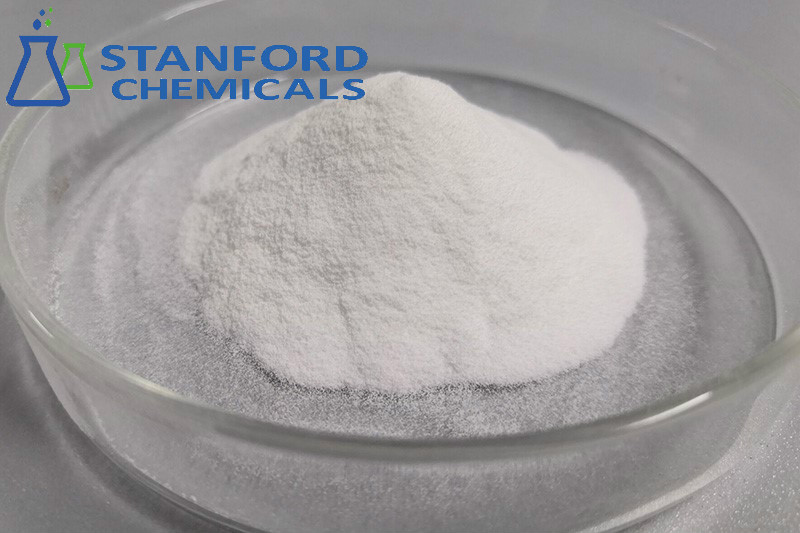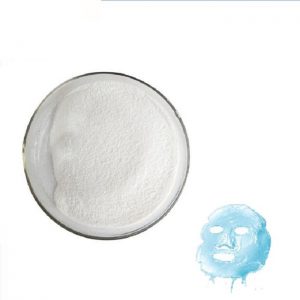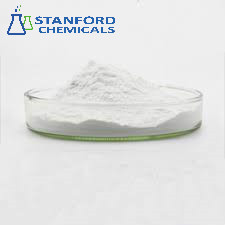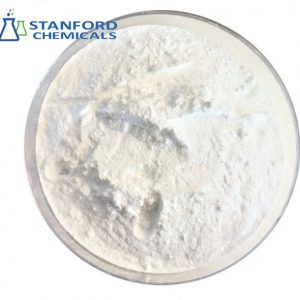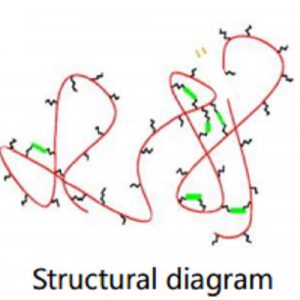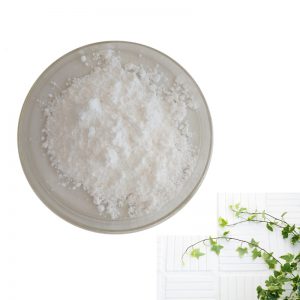- Home
- Hyaluronic Acid
- 020-000-355 Oligomeric Hyaluronic Acid (Oligo-HA), Degraded by Hyaluronidase
020-000-355 Oligomeric Hyaluronic Acid (Oligo-HA), Degraded by Hyaluronidase
| Product Name | Oligomeric Hyaluronic Acid (Oligo-HA) Degraded by Hyaluronidase |
| CAS No. | 9067-32-7 |
| Appearance | White or almost white powder |
| Type | Sodium Salt |
| Keywords | Sodium Hyaluronate, Hyaluronic Acid |
| Related products | Hyacross™ Hyaluronic Acid Elastomer, Hymagic™ -AcHA Sodium Acetylated Hyaluronate, Hymagic™-4D, cationHA™ Substantive Sodium Hyaluronate |
- Description
Description
Oligomeric Hyaluronic Acid (Oligo-HA) Description
Oligomeric Hyaluronic Acid (Oligo-HA) is a new product developed by bio-enzymatic degradation technology. Its molecular weight varies from 3,000Da to 10,000Da, allowing it to be absorbed more easily by the skin and thus have a deep moisturizing effect.
Oligomeric Hyaluronic Acid (Oligo-HA) Specification
Oligomeric Hyaluronic Acid (Oligo-HA) has a molecular weight 3,000Da~10,000Da and the average molecule size is less than 25nm, so it penetrates easily into the skin and nourishes the skin.
| Product Name | Oligomeric Hyaluronic Acid (Oligo-HA), Degraded by Hyaluronidase |
| Molecular Weight | 3,000Da~10,000Da |
| Assay of HA | ≥ 95% |
| Glucuronic Acid | ≥46% |
| pH | 5.0-8.0 |
| Transparency | ≥99.0% |
| Protein | ≤0.05% |
| Heavy Metals | ≤20ppm |
| Loss on Drying | ≤10.0% |
| Arsenic | ≤ 2ppm |
| Bacterial count | <100cfu/g |
| Mold and yeast | <20cfu/g |
| Residue on Ignition | ≤20.0% |
| Intrinsic viscosity | ≤0.47dL/g |
| Escherichia Coli | Negative |
| Staphylococcus aureus | Negative |
| Pseudomonas aeruginosa | Negative |
| Storage | Lightproof, ordinary temperature, and sealed container |
| Validity | Two Years |
Oligomeric Hyaluronic Acid (Oligo-HA) Applications
In the Cosmetic Field
- Transdermal absorption, deep moisturizing
- Repairing damaged cells and scavenging free radicals
- Anti-aging
In the Food Health Field
- Strong water retention and water retention capacity
In the Medical Field
- Antioxidant
- Anti-tumor
- Immunomodulatory
- Inflammatory and wound healing
- Pro-angiogenic
Oligomeric Hyaluronic Acid (Oligo-HA) is developed by bio-enzymatic degradation technology. In mammals, the enzymatic degradation of HA results from the action of three types of enzymes: hyaluronidase (hyase), b-d-glucuronidase, and β-Nacetyl-hexosaminidase. Throughout the body, these enzymes are found in various forms, intracellularly and in serum.
In general, hyase cleaves high molecular weight HA into smaller oligosaccharides while β-d-glucuronidase and β-N-acetylhexosaminidase further degrade the oligosaccharide fragments by removing nonreducing terminal sugars (Leach and Schmidt, 2004).
The degradation products of hyaluronan, oligosaccharides, and very low molecular weight hyaluronan, exhibit pro-angiogenic properties (Mio and Stern, 2002).
By catalyzing the hydrolysis of hyaluronic acid, a major constituent of the interstitial barrier, hyaluronidase lowers the viscosity of hyaluronic acid, thereby increasing tissue permeability. It is, therefore, used in medicine in conjunction with other drugs in order to speed their dispersion and delivery.
Reference
- Necas , L. Bartosikova , P. Brauner , J. Kolar: Hyaluronic acid (hyaluronan): a review. Veterinarni Medicina, 53, 2008 (8): 397–411

